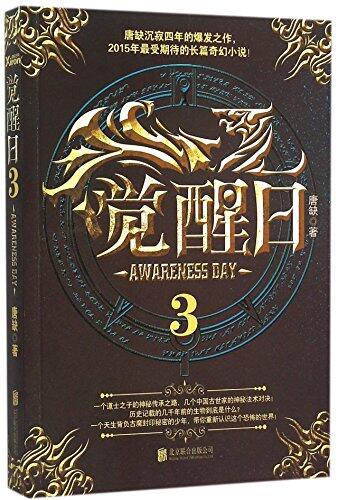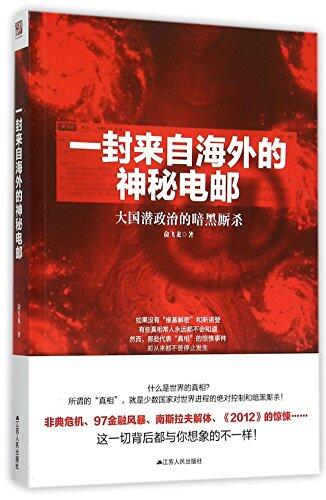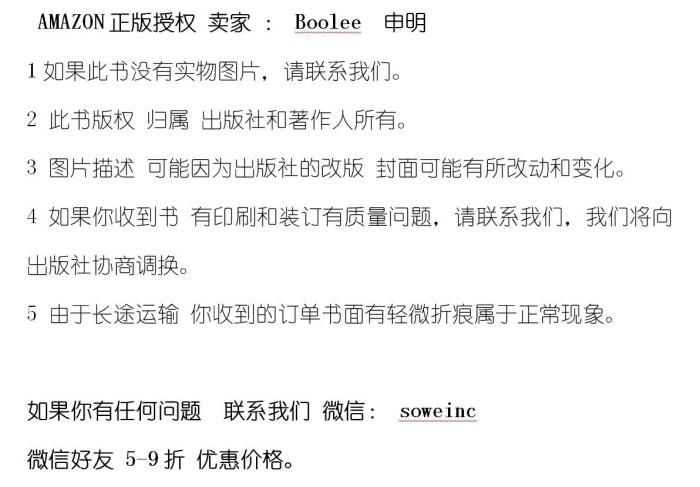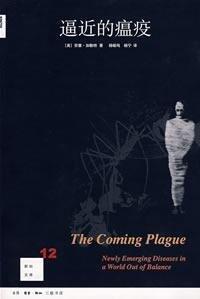
interpretation of crime statistics: the number to reveal the dark crime
بواسطة
( YING ) KE LAI FU KE ER MAN (Clive Coleman) ( YING ) ZHAN NI MO NI HAN (Jenny Moynihan) LE GAO FENG
لا توجد تقييمات بعد
Mystery
History
تنسيق
غلاف ورقي
لغة
صيني
منشور
Jan 1, 2009
الناشر
Chinese People s Public Security University Press
الوصف
This work delves into the intricate world of crime statistics, unraveling the layers behind the numbers that represent society's darker facets. The authors, seasoned experts in their fields, approach the subject with a blend of analytical rigor and a keen understanding of the socio-political context that shapes crime rates. Each chapter systematically explores different dimensions of crime, emphasizing the importance of interpreting statistics with a critical eye.
From the origins of data collection methods to the consequences of misinterpretation, the book provides a comprehensive overview of how crime statistics are reported and understood in contemporary China. The authors argue that behind every figure lies a story that reflects broader societal issues, weaving narratives that emphasize the human experience behind the statistics.
The exploration extends beyond mere numbers, as the authors discuss the ethical implications of statistical analysis and its potential to influence public policy and perception. By blending empirical research with ethical considerations, they challenge readers to engage with crime statistics more thoughtfully.
Through this examination, the work aims to empower readers to discern how statistics can be used to reveal the complexity of crime and societal responses, fostering a deeper understanding of the challenges faced by communities in addressing crime and justice.
From the origins of data collection methods to the consequences of misinterpretation, the book provides a comprehensive overview of how crime statistics are reported and understood in contemporary China. The authors argue that behind every figure lies a story that reflects broader societal issues, weaving narratives that emphasize the human experience behind the statistics.
The exploration extends beyond mere numbers, as the authors discuss the ethical implications of statistical analysis and its potential to influence public policy and perception. By blending empirical research with ethical considerations, they challenge readers to engage with crime statistics more thoughtfully.
Through this examination, the work aims to empower readers to discern how statistics can be used to reveal the complexity of crime and societal responses, fostering a deeper understanding of the challenges faced by communities in addressing crime and justice.



















